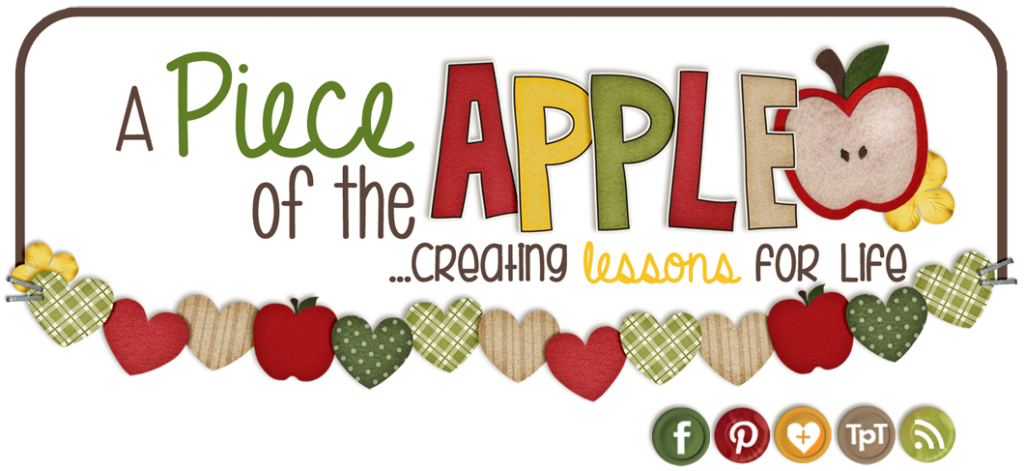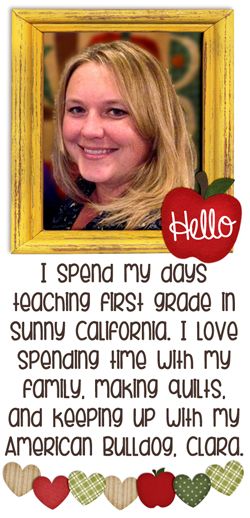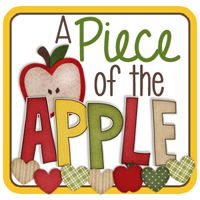Hi Friends!
When Beth at Thinking of Teaching extended the invitation to be a
co-host of this book study, I immediately volunteered for several reasons. As many of you know, I switched grade levels
from fourth to first last fall. I have
spent so much time gathering resources, following blogs, and stalking Pinterest
pinners, all in search of how best to structure my language arts block so that
my students were engaged in meaningful, valuable, participatory
activities. 100 Minutes has
provided me with such a solid foundation, that I am prepared to hit the ground
running next year. Thank you to Beth,
for including me, and to author, Lisa Donohue, for providing such a cohesive,
and most importantly, easily incorporable guide. If you missed out on Chpater 5, you can find it at Dilly Dabbles with Melissa.
The title of my chapter is called,
“Exploring Different Purposes and Audiences.”
As I read the chapter, I became increasingly more excited and eager
because Lisa provides us with SPECIFIC examples and suggestions to incorporate
into our writing time which promote student engagement and creativity. Ultimately, with her structure in place, the
teacher is able to establish a foundation on which students can begin to build their
writing pieces.
Lisa first reminds us that we must teach
our students to identify two components before beginning a writing
piece. First, we must identify our
target audience. Next, we determine the
purpose of our writing. With these two
identifications in place, students are then guided through several steps within
each text type.
Using Writing Prompts: Students should be given time to discuss writing
prompts prior to the actual pencil to paper activity occurring. Students need time to talk and practice oral
language skills in order to generate meaningful, thoughtful ideas in which to
base their writing. Teachers should take
time to get to know his/her students’ interests so that prompts are relevant,
engaging, and stimulating. Topic input
should be sought from the class.
Students should also be provided choice of what topics he or she wishes
to explore. Younger children may be
given a few choices, where as it would be more appropriate to provide older
students with a greater number. Ideas
can be stored on index cards or in a convenient, accessible area of the
classroom.
Write to Reflect: Students are provided time to reflect on a
non-fiction event in which they had a personal experience. Generally, they must provide an account in a
sensible, chronological order and determine the significance and personal impact
the event had on them. Lisa provides
several key questions a teacher may use to guide reflective student writing. Students are guided to include sensory
details and vivid descriptions.
Write to Entertain: Writing to entertain is the story telling
writing genre. Here, students experiment
with voice, character development, style, emotional cues, perspective, and word
smithing. Lisa suggests using story building apps and graphic organizers to
assist in properly constructing a well-structured story. In this type of writing, we need to remind
students to capture the attention of the audience, provide conflict and
resolution, and use sequencing words for clarity.
Write to Inform: This writing type is the report writing that
we all do in some form. We are reminded
to review with students the different sources of information, how to site
works, how to organize ideas, and how to cross reference or check for
accuracy. Students must be able to
include an introduction of the topic, relevant supporting information, and a
conclusion. Of course, sequencing should
be logical and supportive of the chosen topic.
Quotations should be included when appropriate.
Write to Convince: When we write to convince, we want to
persuade the reader to agree with our viewpoint based on what we write. Students should be taught how to clearly
state their opinion, use evidence to support their claim, and use proper
organization and sources throughout the writing piece. This type of writing is more formal in tone
and should include a counter point if possible.
Lisa Donohue provides essential questions
for each writing type in this chapter and also includes graphic organizers and
writing prompt cards appropriate for many different ages. Teachers can easily modify the content and
structure of the resources she has provided.
Goals:
Now that I have a clear picture of what each writing purpose/audience
looks like, it is time to bust out the binders and dividers and populate them
with Lisa’s suggested prompts and organizers.
I would also like to do a side by side comparison of Lisa’s suggestions
and my grade level CCSS to determine how best to start next year and
determine sequence and cross curricular incorporation of writing standards into
science and social studies to get the most out of each precious moment.
Stayed tuned for Chapter Seven, "The Foundation of Independence," over at Primary Inspired with Brenda.
Erin





Great post bestie!! Very we'll write and informative. I'm so glad that you jumped on the chance to be in the book study...how else would I have met my BFF?
ReplyDeleteThanks again!
Beth
Oops...that should say well not we'll.... I detest typing on the ipad.
ReplyDelete